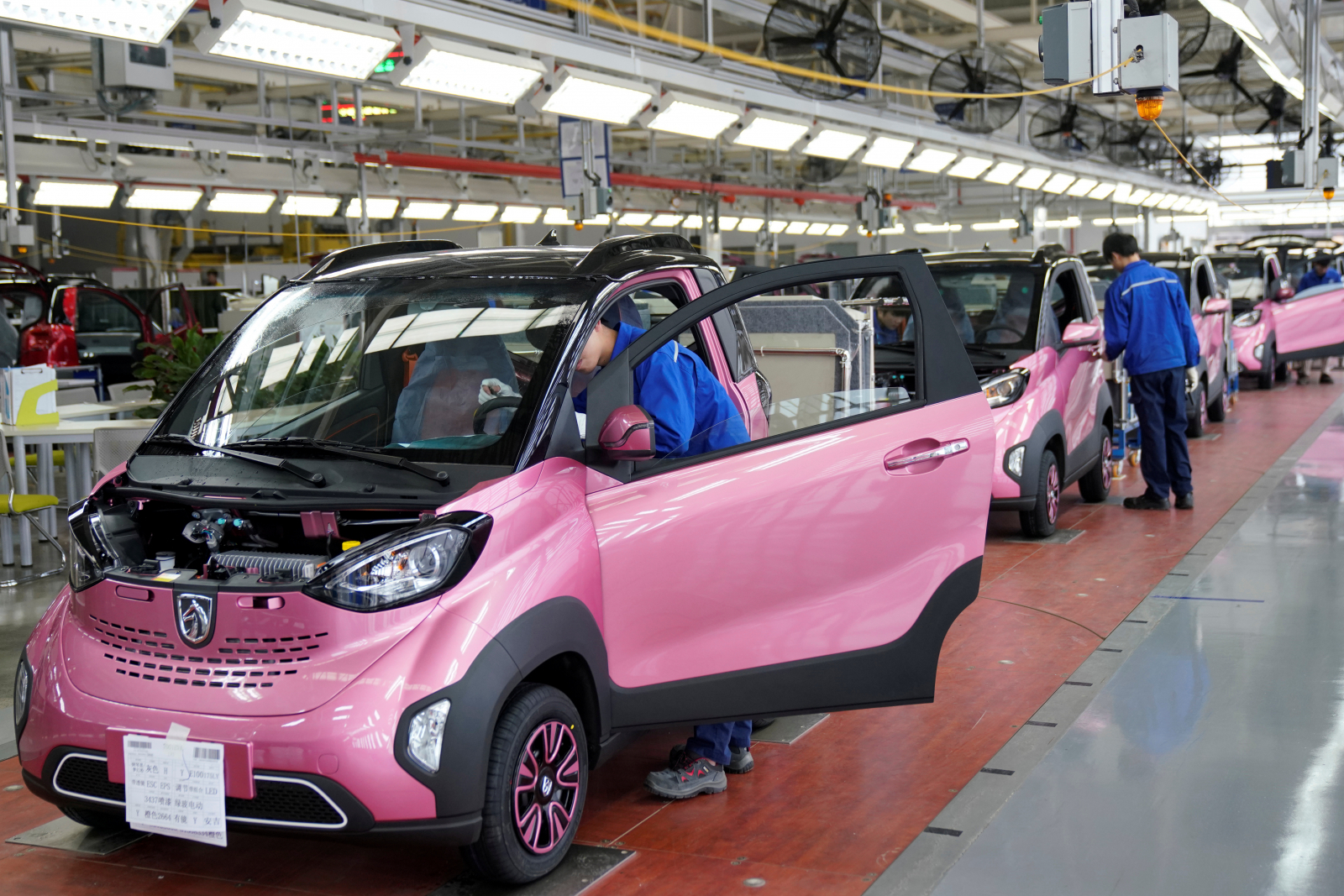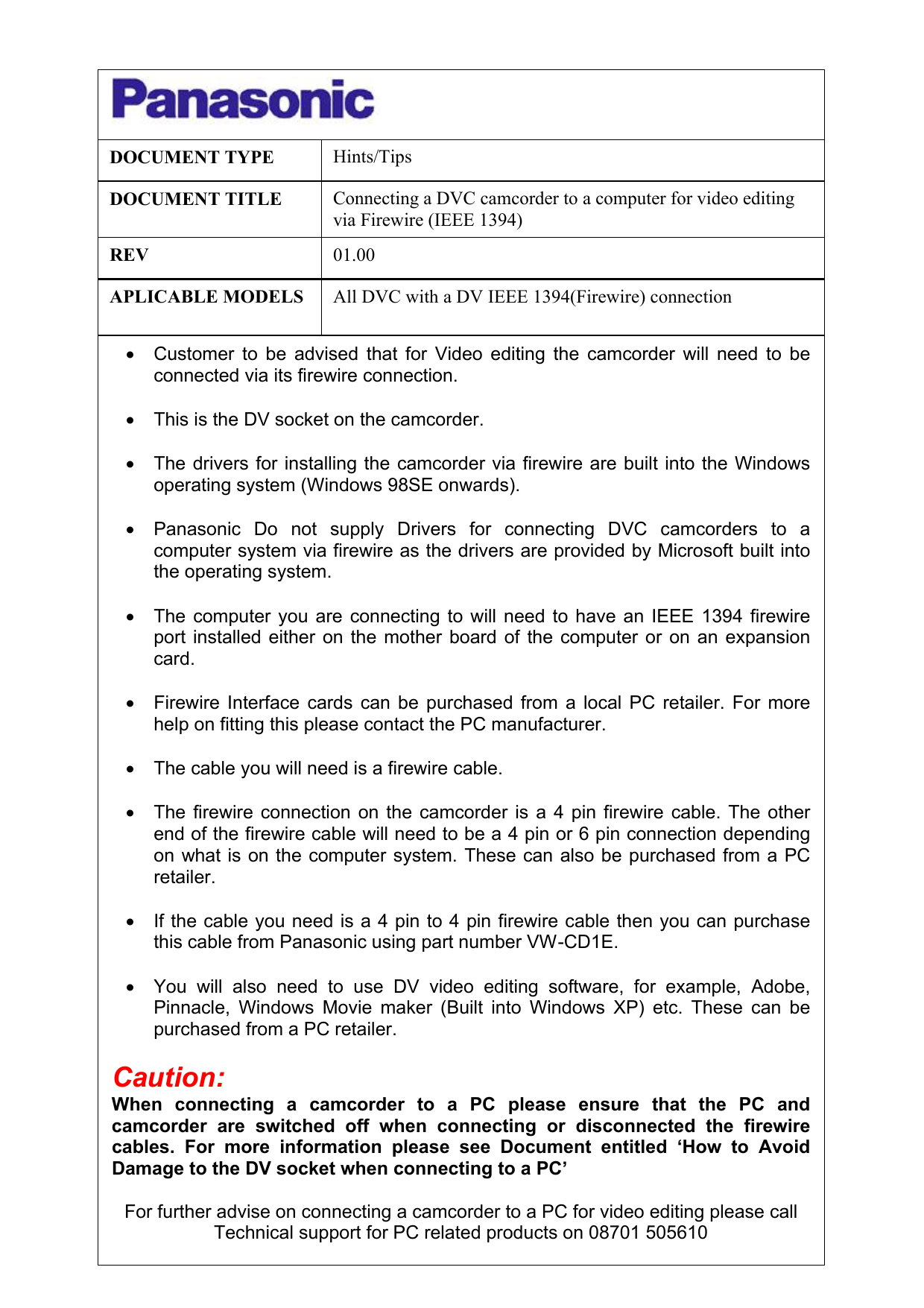18 hours ago Mercedes wants “much earlier” resolution for 2022 F1 driver decision. More Related Articles. More details of F1’s sprint race plan emerge ahead of Thursday vote. Legislators, police officers and court officials are becoming aware that there are now court decisions that prove the fallacy of the legal opinion that' driving is a privilege and therefore requires government approval, i.e. Some of these cases are.
A similar case out of the Badger State made its way to the U.S. Supreme Court, but the justices did not rule on the constitutionality of the law at issue.
MADISON, Wis. (CN) — A provision allowing for an unconscious driver to have their blood drawn and tested was declared unconstitutional by a Wisconsin appeals court Thursday, marking a consequential turn in the ongoing debate on implied consent laws.
A three-judge panel of the Wisconsin Court of Appeals’ District IV in Madison concluded in a 43-page decision that “the incapacitated driver provision is unconstitutional because the implied consent that incapacitated drivers are deemed to have given and presumed not to have withdrawn does not satisfy any exception to the Fourth Amendment’s warrant requirement.”
The ruling penned by Judge Rachel Graham, who was appointed by Democratic Governor Tony Evers last year, notes that “we are not alone in reaching this conclusion.”
“Indeed, the clear majority of state courts to consider this issue within the last decade agree with the conclusion we reach today,” Graham wrote, highlighting the tricky balance implied consent laws must strike between enabling the fact-finding work of police and the Fourth Amendment rights of individuals against warrantless searches.
Wisconsin’s implied consent statute provides that drivers in the state are “deemed to have given consent” to have their blood drawn and tested when they drive on a state road and if police have probable cause to believe a crime has been committed. All 50 states in the U.S. have some kind of implied consent law on the books.
In the Badger State, the statute contains a provision laying out that incapacitated drivers are “presumed not to have withdrawn” the consent implied by the statute, even if they are unconscious.
Razer electra drivers. That was the case for Dawn Prado, the defendant in the case at the heart of Thursday’s decision.
On Dec. 12, 2014, Prado was severely injured in a car accident which resulted in the death of the other car’s driver. While Prado was intubated in her hospital bed, a police officer had a nurse draw a sample of her blood for analysis after reading the unconscious Prado the “informing the accused” script laid out in Wisconsin’s implied consent statute to ask for consent to draw her blood.
Since she was unconscious, Prado did not answer. The officer, believing he was acting in good faith according to the law, drew her blood without applying for a warrant, and the analysis revealed a controlled substance and an unlawful concentration of alcohol in Prado’s blood.
Later, Prado moved to suppress the blood test results in court on the grounds that the incapacitated driver provision is unconstitutional. The trial court granted the motion after determining that the officer did not have the authority to direct the blood draw without getting a warrant.
Graham explained in Thursday’s decision that the appeals court then stayed resolution of the state’s appeal for more than two years pending resolution of other Wisconsin appeals raising the same question about whether the incapacitated driver provision is constitutional.
Chief among those appeals was a Wisconsin case that went all the way to the U.S. Supreme Court, which ruled 5-4 last summer that exigent circumstances “almost always” justify a warrantless blood test if a suspected drunk driver is unconscious, even though the court’s liberal wing pointed out that the state never brought up exigency in arguing its case.
That lawsuit ascended to the nation’s highest court after the Wisconsin Supreme Court found that, in that case, the driver’s extreme intoxication gave the police probable cause to carry out a blood test.
Graham noted in Thursday’s decision that even though the Wisconsin Supreme Court has dealt with the incapacitated driver provision on at least three occasions, no court has directly answered the question of the provision’s constitutionality, and “the answer is of significant importance to the functioning of the Wisconsin court system.”
That answer arrived Thursday. Graham wrote that “because the incapacitated driver provision purports to authorize warrantless searches that do not fit within any exception to the warrant requirement, the searches it authorizes will always violate the Fourth Amendment,” unless some other warrant exception exists.
However, the appeals court’s decision also found that since the officer who ordered Prado’s blood drawn relied in good faith on the understanding that the incapacitated driver provision was constitutional, the circuit court should not have suppressed the test results as evidence.
Graham was joined on the panel by Judges JoAnne Kloppenburg and Brian Blanchard rounded out the appeals court panel.
Anthony Jurek, whose namesake firm operates out of Middleton, represented Prado and applauded the appeals court’s decision in an email Thursday.
“I’m delighted that a precedent-setting court has finally stepped up to the plate and done its job,” Jurek said. “Deciding this recurring constitutional issue as it’s been repeatedly presented is something both the Wisconsin and U.S. Supreme Courts have been unable or unwilling to do. It’s a politically loaded issue in a number of ways, and the Wisconsin Court of Appeals showed bravery by finally deciding it.”
Despite being happy with the ruling on the constitutionality of the incapacitated driver provision, Jurek said he was disappointed in the court’s good-faith finding, as “the circuit court’s rejection of ‘good faith’ was clear, cogent, and should not have been reversed.”
In terms of the impact of Thursday’s decision, Jurek said “we’ve finally got a clear precedent that the fictitious consent supposedly granted by the ‘implied consent’ statute is unconstitutional as the sole justification absent any other exception to the Fourth Amendment.”
Sarah Schmeiser, vice president of the Wisconsin Association of Criminal Defense Lawyers, also spoke to the impact of Thursday’s decision in a phone interview Thursday, saying that the ruling helps settle a longstanding argument over whether the statute allows arresting officers to skip the kind of constitutional analysis the Wisconsin Court of Appeals has now crystallized.
Driving Decisions Workbook
Schmeiser noted that “Wisconsin is not the first state to explicitly state that this provision is a Fourth Amendment violation,” but Thursday’s decision alters the state’s implied consent statute and will change how those cases are handled going forward in that “it makes clear that there is now a requirement for a warrant or an already established reason not to get a warrant.”
Madison District Attorney Ismael Ozanne, who represented the state in the Prado case, could not be immediately reached for comment on the ruling Thursday.
By Alison GriswoldReporter
Earlier this week, the US National Labor Relations Board (NLRB) released an April 16 memo that says Uber drivers are independent contractors, not employees, under US labor law. The decision, hardly surprising under a Trump-appointed NLRB, makes it even less likely that Uber drivers in the US will ever see certain protections afforded to traditional employees, such a guaranteed minimum wage and the right to form a union, recognized at the national level. But the future for Uber drivers won’t be decided by the US federal government.
The NLRB decision relied on a ruling from January that found shuttle van drivers for company SuperShuttle to be independent contractors, not employees, and stripped them of the right to unionize. As we wrote in Quartz at the time:
This case is not about Uber, and yet it is entirely about Uber. SuperShuttle’s business model is a shabby, low-tech version of Uber. The company enlists shuttle drivers who own their vehicles and pay their on-the-job expenses. It provides them with a dispatch system to receive ride requests. The thesis on which the labor board based its decision—that SuperShuttle drivers are not employees because they “have total autonomy to set their own work schedule”—could easily have been penned by Uber.
In its April 16 memo, the NLRB wrote that “the level of company control should be assessed in the context of its effect on entrepreneurial opportunity.” The board made a similar observation in the SuperShuttle case.
The board concludes that because Uber lets drivers set their own schedules, choose where they log into the app, and work for competitors, the company offers them “significant opportunities for economic gain and, ultimately, entrepreneurial independence”:
The Board’s recent decision in SuperShuttle squarely supports the conclusion that the extent of company control—by minimally impacting economic and entrepreneurial opportunity—weighs in favor of independent-contractor status for the UberX drivers. Indeed, UberX drivers had more entrepreneurial opportunity than the drivers in SuperShuttle, who could control their earnings by selecting specific trips based on profitability, because UberX drivers could base decisions about where and when to log in on time-limited earnings opportunities like “surge” fares and their total freedom to work for competitors.

Of course, you could argue there are lots of things Uber drivers don’t have control over. Most contractors set their own rates, but Uber drivers earn whatever Uber decides to pay them. Drivers have only so much visibility into where a trip will take them before accepting it, limiting their ability to plan a route around things like errands or commuting. Drivers spend years building ratings-based reputations on platforms like Uber, but can’t easily port them to other jobs or gigs as you might list experience on a resume. And Uber can “deactivate”—gig-economy speak for fire—drivers who don’t meet certain expectations.
The NLRB ruling is a blow to people who believe Uber drivers are wrongly classified as contractors. But for practical purposes, it seems unlikely to change much. Uber drivers have functionally been independent contractors since the company started, in that Uber treated them that way and so they’ve always operated without any of the benefits afforded to traditional employees. One question is what will come of legislation passed by the city of Seattle in December 2015 that gave local Uber drivers the right to form a union. That law has now been tied up in litigation for years.
More to the point, by far the best advances in working conditions for Uber drivers to date have come not from any sort of national lawsuit or legislation, but from concerted local pressure. In New York City, for instance, the city council last December approved a first-of-its-kind wage floor for ride-hail drivers. The pay rules that took effect in February raised take-home pay for drivers to $17.22 an hour, or the contractor equivalent of the city’s $15-an-hour minimum wage. They are expected to lift average incomes by $10,000, or 44%, for roughly 70,000 professional ride-hail drivers in the city.
New York City is only one place, but it’s also one of Uber’s biggest markets, meaning these rules are not inconsequential. The company disclosed in a recent IPO filing that the pay rules are already hurting its financial performance. Now that New York has hammered out a framework for bettering the lot of ride-hail drivers, it will also be easier for other cities to follow.
Drivers Decision Aid
On the other side of the US, California legislators are working to codify an employment-status test that makes it harder to argue workers are contractors. The so-called ABC test says workers are employees if the company controls what they do, if their jobs are essential to the company’s core business, and if they aren’t really running their own business through that gig. The ABC test could potentially cripple the business model of many gig-economy companies, which depend on large, diffuse networks of contractors to provide services and deliver goods at the touch of a button.

